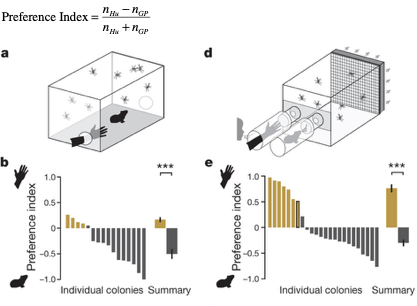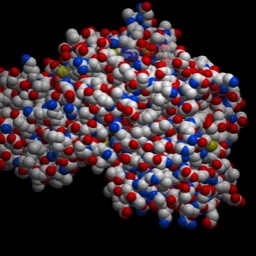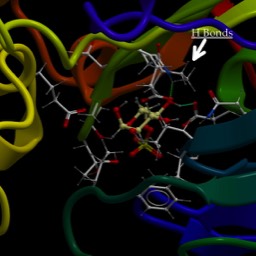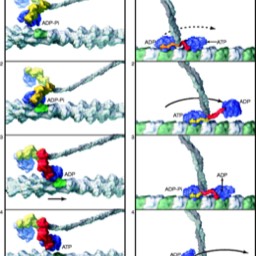Mosquito Evolution
Mosquitos evolution.
- Below is a figure from some published experiments with Mosquitos. The researchers collected wild-type mosquitos living in major African cities as well as mosquitos living in the forested areas of outside those cities. They noticed that there were some differences in appearance between the groups (the ones in the forest were darker). They call these groups either “forest” or “domestic.” They captured larvae from several sites for each population and bred colonies derived from these. They then asked whether the domestic colonies had a greater preference for humans than the forrest colonies. Both experiments report "preference index,"The darker lines represent the “forest” colonies and the lighter ones the “domestic.” The experiment on the right assays for preference in biting. The one on the right is a "choice chamber" assay for preference of human smells versus those of guinea pigs. In the equation below, nHu and nGP are the number of mosquitos preferring either human or guinea pig in each assay.

- Briefly summarize the conclusions of the experiment.
- The results are given a P-value of 0.001. What, quantitatively, does this mean for the significance of the result?
- Propose an evolutionary scenario that led to the differences seen. In your explanation, account for the fact that two of the forrest colonies show a preference for humans.
- What is an important difference between the two experiments and why might it account for the more dramatic results seen on the right compared to the left?
- Discus how you think these mosquitos differ at the cellular/molecular level and how you would test this. That is, propose a hypothesis to explain the results in the figure and experiments to test that hypothesis. the reaction shown below. Class could discuss further why some people may be more or less attractive to mosquitos. Could there be genetic variation (perhaps variants in sulcatol reductase) or variation in diet that could result in greater or lesser attraction of mosquitos.




